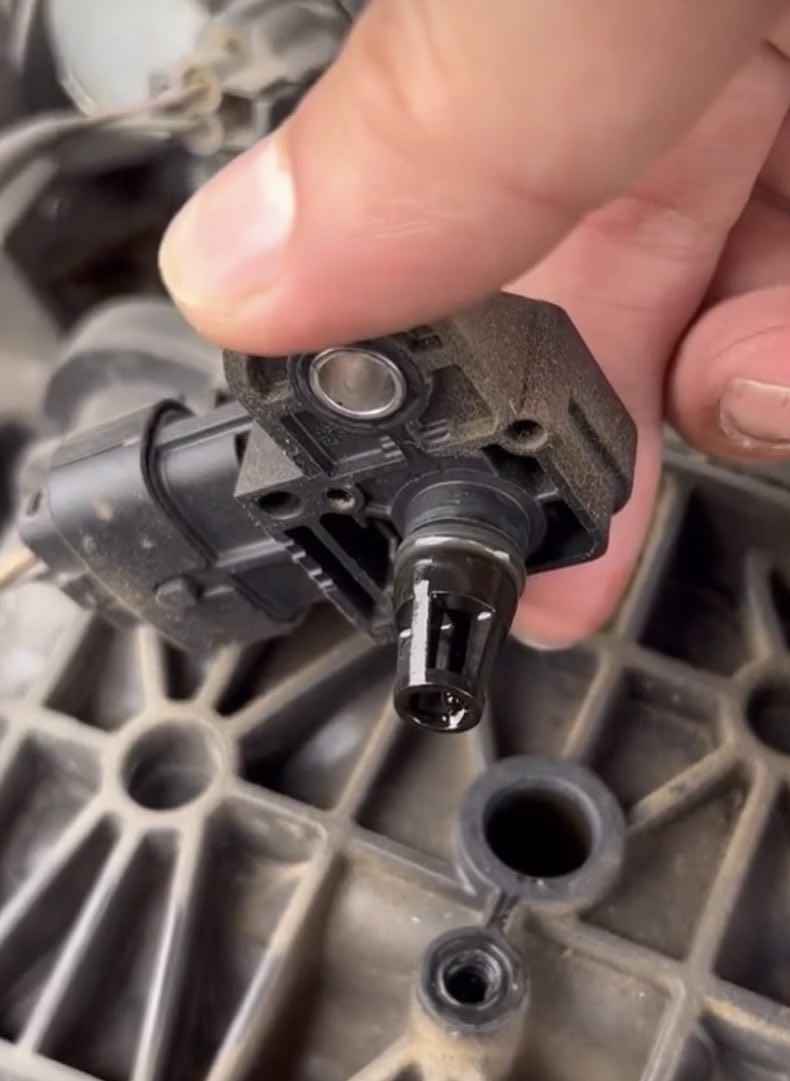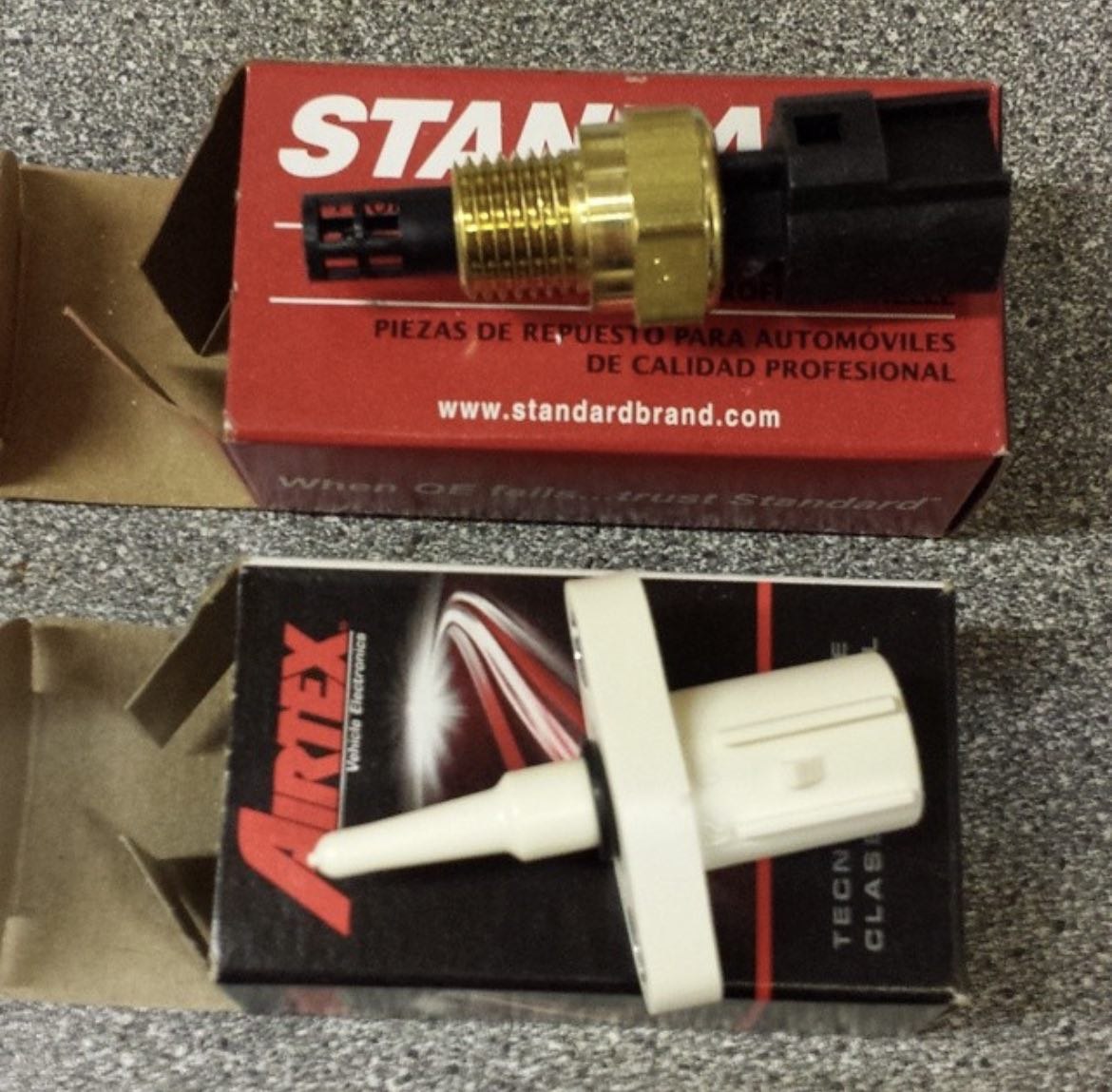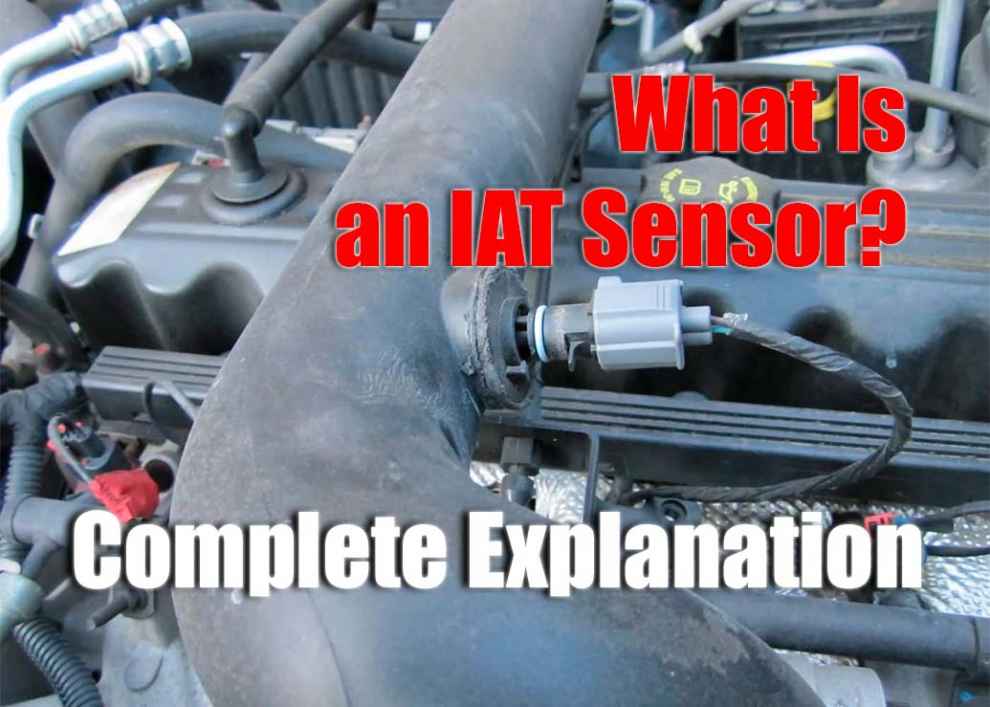The IAT (Intake Air Temperature) sensor is an important component of a Jeep vehicle. It measures the air temperature entering the engine’s intake manifold. This information is sent to the engine control unit (ECU) to adjust fuel delivery, ignition timing, and other critical parameters for optimal performance. It is important for maintaining a Jeep vehicle’s efficient and safe operation and should be checked regularly for any issues that may arise. Understanding how this sensor works can help ensure your Jeep runs at its best. This article will discuss how it works, common problems, and how to diagnose and repair issues with your Jeep’s IAT sensor.
How Does the IAT Sensor Work in Jeep?

Common Problems with IAT Sensors in Jeeps
The IAT (Intake Air Temperature) sensor in Jeeps is generally reliable. However, problems can arise when it fails or becomes damaged. These problems can include:
-
Inaccurate temperature readings: A failed or damaged IAT sensor may provide incorrect temperature readings to the engine control module (ECM). This can result in the ECM making wrong fuel injection and ignition timing calculations, leading to poor engine performance, decreased fuel efficiency, and potential drivability issues.
-
Engine performance issues: When the IAT sensor malfunctions, the air-fuel mixture ratio can be disrupted. This can cause rough idling, hesitation, misfires, or decreased power and acceleration. The engine may also have trouble starting or may stall unexpectedly.
-
Check Engine Light (CEL) illumination: The check engine light can illuminate the dashboard because of a faulty IAT sensor. The ECM detects irregular readings from the sensor and generates a trouble code, indicating a problem with the IAT sensor. Retrieving the diagnostic trouble code (DTC) can help pinpoint the specific issue for troubleshooting and repairs.
-
Wiring or connection problems: Over time, the wiring or connectors associated with the IAT sensor can become damaged, corroded, or loose. Faulty wiring can disrupt the electrical signal between the sensor and the ECM, resulting in intermittent or complete sensor failure. This can cause erratic engine behavior and trigger various performance-related issues.
-
Contamination or debris buildup: The IAT sensor can accumulate dirt, oil, or debris over time, especially if the air intake system is improperly maintained. This buildup can insulate the sensor, leading to inaccurate temperature readings. Cleaning or replacing the sensor may be necessary to restore proper functionality.
Diagnosing and Repairing Issues with the IAT Sensor

If cleaning or replacing parts does not resolve the issue, then replacing the entire sensor may be necessary. You should always use genuine OEM replacement parts when repairing your Jeep’s IAT sensor since aftermarket parts may need to be compatible or up to factory specifications. After installation, reset all trouble codes so they are cleared from memory before performing further tests and inspections of other components in your vehicle’s engine system.
Conclusion
The intake air temperature sensor is an important component in many Jeep vehicles, as it monitors the temperature of the air entering the engine and helps to regulate the fuel mixture and prevent overheating. Although generally reliable, common problems with IAT sensors in Jeeps include inaccurate readings, electrical wiring problems, contamination or debris buildup, and engine performance issues. If any of these symptoms appear to be linked to a faulty IAT sensor, diagnosing, and repairing potential problems is essential as soon as possible. Furthermore, for optimal Jeep performance, our guide on the Best Radiator for Jeep can offer useful insights into quality radiator choices.

Add Comment